 |
Food Safety
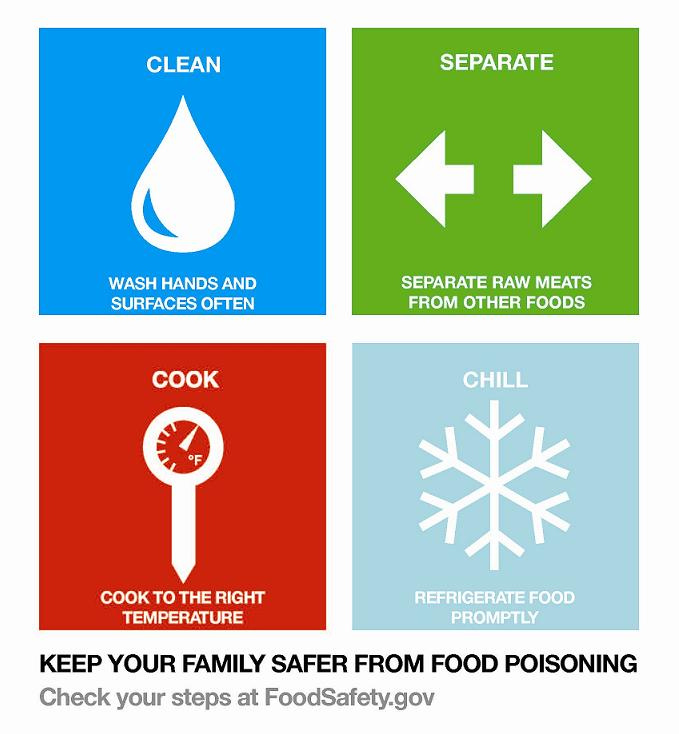
|
PREPARE:
- Keep meat, poultry, seafood, and eggs separate from all other foods in the refrigerator, and while prepping.
- Use the microwave, cold water, or the refrigerator method to defrost your frozen meat or poultry.
COOK:
- The bacteria that cause food poisoning multiply quickest in the "Danger Zone," which is between 40˚ and 140˚ Fahrenheit. In general, it's best to keep hot food hot, and cold food cold.
- Use a food thermometer to check if meat is fully cooked.
STORE:
- Refrigerate leftovers promptly - within two hours - at 40° F or below to help reduce the risk of bacterial growth.
- Consume or freeze leftovers within 3-4 days.
- "When in doubt, throw it out."
|
A school nurse called because a 12 year old student ate ½ a Clorox wipe on a dare. The student tore it up into small pieces and swallowed it. The student was referred to the emergency room with an upset stomach and sore throat for supportive care.
A student brought a water kit from Harris County Water detection program home from school. The students 18 month old sibling got into the kit, and chewed the blue tablets in the package. The mother was unsure about the ingredients in the package. The website stated the tablets were meant to detect toilet leaks and were non-toxic. A poison center specialist advised the mother to call if any symptoms were present.
|
|
|
 |
Toxic Foods Around the World
Thanksgiving is a holiday any food lover, regardless of national origin, can enjoy.On the 4th Thursday of this month, most Americans will likely gather to celebrate Thanksgiving and they will do so at the dinner table. A traditional
Thanksgiving feast usually includes the requisite turkey, ham, corn (on or off the cob), potatoes, yams, cranberry sauce and a pumpkin or
sweet potato pie
.
While most of us like to be adventurous in our food choices from time to time, some take it too far. Here is a list of non traditional foods that people eat around the world which can be harmful, and in some cases even fatal.
Pufferfish:
the meat of some pufferfish is considered a delicacy in Japan. Almost all pufferfish contain tetrodotoxin, a substance that makes them 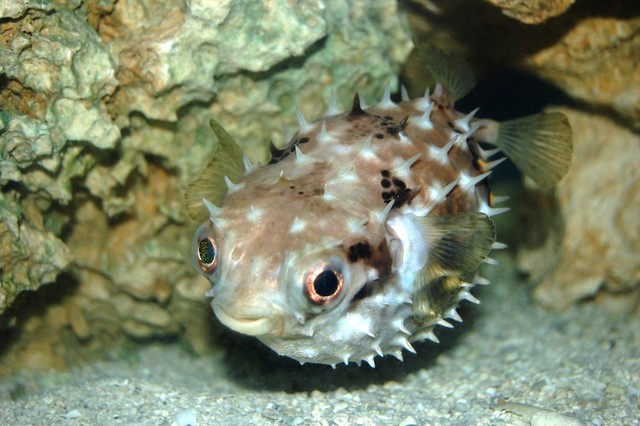 foul tasting and often lethal to fish. To humans, tetrodotoxin can be deadly, up to 1,200 times more poisonous than cyanide, which can be deadly. There is enough toxin in one pufferfish to kill 30 adult humans, and there is no known antidote. foul tasting and often lethal to fish. To humans, tetrodotoxin can be deadly, up to 1,200 times more poisonous than cyanide, which can be deadly. There is enough toxin in one pufferfish to kill 30 adult humans, and there is no known antidote.
Ackee:
Ackee, is a fruit that looks similar to a pear.
It turns from green to bright red to yellow orange while ripening before opening u 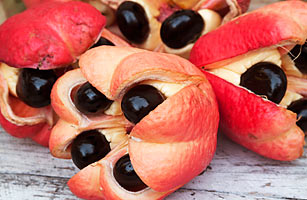 p to reveal three shiny black seeds surrounded by soft, creamy and yellow Aril. This aril is the edible part of the fruit and is used in many dished like Ackee with Codfish, the national dish of Jamaica. Initially, the fruit contains high levels of the toxin, hypoglycin; however, as the fruit ripens, the hypoglycin levels drop to ranges low enough to be eaten. p to reveal three shiny black seeds surrounded by soft, creamy and yellow Aril. This aril is the edible part of the fruit and is used in many dished like Ackee with Codfish, the national dish of Jamaica. Initially, the fruit contains high levels of the toxin, hypoglycin; however, as the fruit ripens, the hypoglycin levels drop to ranges low enough to be eaten.
Cassava: Commonly known as tapioca, the Cassava is a staple food for t people in developing countries. While it is a rich source of
 carbohydrates, not all of the plant is meant for eating. One important note is that cassava root must be cooked before it is eaten. Raw cassava can be poisonous because it contains naturally occurring forms of cyanide, which are toxic to ingest.
Hakarl: When you think of sharks, it is natural to think of food. After all, you are its food! But in Iceland, the Vikings started a tradition of eating a species of Shark called the Greenlandic shark. This
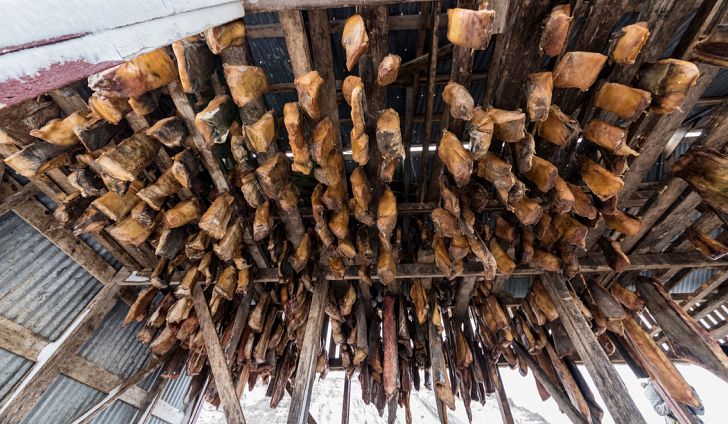 cured shark is traditionally eaten in Iceland. It is actually rotten shark, cured for six months. During this time,a compound called trimethylamine oxide, or TMAO that is present in the shark is absorbed into the skin and the flesh making it potentially toxic when consumed.
Blood Clams:
Blood clams are a popular dish in China although they are found up and down the eastern coast of the Americas, fro
m 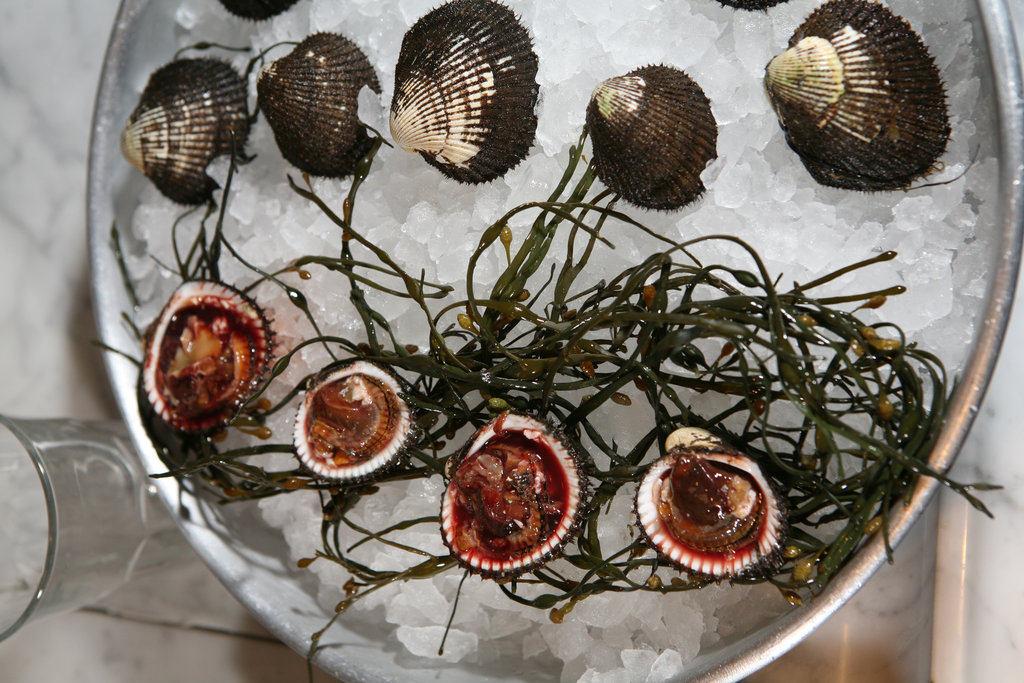 Massachusetts to Brazil, they are named for their most distingui
shing feature, vivid red blood that spills out when the clam is op
ened.
Blood Clams in China are dangerous because they carry viruses that cause hepatitis A and dysentery
. Massachusetts to Brazil, they are named for their most distingui
shing feature, vivid red blood that spills out when the clam is op
ened.
Blood Clams in China are dangerous because they carry viruses that cause hepatitis A and dysentery
.
Call for help
Remember, if you suspect that you or someone you know has been poisoned, immediately call the toll-free Poison Help line
which connects you to your local poison center.
|
Want more poison information???
|
|
| |
|